Salesforce technical Q & A that interviewers love to repeat all the time – Part 1
Salesforce CRM platform is a ground-moving tool that will help businesses scale their sales targets with maximum efficiency. Salesforce can be handled only by professionals who possesses adequate Salesforce certification and hands on experience. Trained Salesforce professionals are in demand all over the world to set up, configure and administer the vast CRM system.
If there is ever a time to explore the possibilities of a career in CRM with Salesforce certification, it is NOW! In case you have already started preparations or are planning to take Salesforce training in the near future, we have you covered. We have complied the top favorite Salesforce questions that interviewers around the world tend to ask without fail. Make a note of them, learn how to answer them and suit up to excel your first interview itself. So here you go!
The top asked Salesforce interview questions and answers:
- What do you understand by the term Salesforce app?
An app, in the context of Salesforce is a group of tabs that work together to provide a specific functionality. Each page in Force.com will have a drop-down menu from where users can switch between multiple apps.
Each app in Salesforce can be completely customized; both in terms of appearance and functionality. New apps can be created by combining default tabs or be creating custom tabs.
The navigation directory to create a new app is: Setup -> Build -> Create -> App -> New
On reaching this destination, the requirements need to be defined to create the new app.
- What is the process flow for customizing an App in Salesforce?
Customized apps can be created by following the process:
Setup → Build → Create → App → New
- What is the architecture that Salesforce is built on?
Salesforce is built on the MVC (Model, View, Controller) architecture. It is basically the platform which used by force.com to develop other related applications too.

It is convenient and appropriate for a CRM tool like Salesforce since it appreciates an application’s logic, has a neat user interface and provides ample data storage.
- What are the different formats of reports that can be generated in Salesforce?
Salesforce by default provides a vast range of reports. There are four basic formats in which these reports are generated. The four formats include:
- Tabular report: Similar to spreadsheet reports, Tabular reports present data in the form of tabular rows and columns. Each column will have a corresponding matching record listed in the row for reference. No charts or data groups can be created from the tabular report. However, grand totals can be taken if required.
- Summary report: Summary reports provide the benefit of grouping row data into subtotals, grand totals and charts. Column data cannot be grouped in summary reports. These reports can be used to show data to a team in order of hierarchy of their totals.
- Matrix report: Matrix reports are similar to tabular and summary reports; the only difference being that in matrix reports it is possible to group both rows and columns interchangeably without any restrictions. Users can also view subtotals, grand totals, create charts and even use the report for dashboard components. Matrix reports are the ideal choice for reviewing, comparing and summarizing data relating to a person, geography, product, date, etc. from a single point.
- Joined report: Joinedreports provide advanced flexibility in viewing data from multiple angles. Each data can be used to create a sub-report with its own selection of fields, columns, order of arrangement, filtering, etc. It may also be used to merge various report types for creating a single meaningful report.
- What are the different types of accounts in Salesforce?
- What do you understand by Field Level Security in Salesforce?
The Salesforce org by default will be a storehouse of confidential information that users from all organizational levels cannot be provided to access. For e.g.: an employee other than the HR Manager cannot have access to the payroll.
Field Level security in Salesforce ensures that each user is given access only to those fields to which they are entitled to work upon. Access to fields to which entry can be restricted include:
- Lists views and related lists
- Offline connectivity
- Partner portal
- Email and mail merge templates
- Salesforce customer portal
- Synchronized data
- Imported data, etc.
The list doesn’t end here. There are many more questions that interviewers love to quiz candidates on. We will discuss more of such Salesforce certification based interview questions in the next post.
In the meanwhile, if you have any specific question to which you seek an answer, drop us a message.
Find a course provider to learn Salesforce
Java training | J2EE training | J2EE Jboss training | Apache JMeter trainingTake the next step towards your professional goals in Salesforce
Don't hesitate to talk with our course advisor right now
Receive a call
Contact NowMake a call
+1-732-338-7323Take our FREE Skill Assessment Test to discover your strengths and earn a certificate upon completion.
Enroll for the next batch
Salesforce Course Online Training Course
- Sep 1 2025
- Online
Salesforce
- Sep 2 2025
- Online
Salesforce Course Online Training Course
- Sep 3 2025
- Online
Salesforce
- Sep 4 2025
- Online
Salesforce Course Online Training Course
- Sep 5 2025
- Online
Related blogs on Salesforce to learn more

INTRODUCTION TO CLINICAL RESEARCH
Learn the fundamentals of clinical trials, and eight phases of the clinical research process.
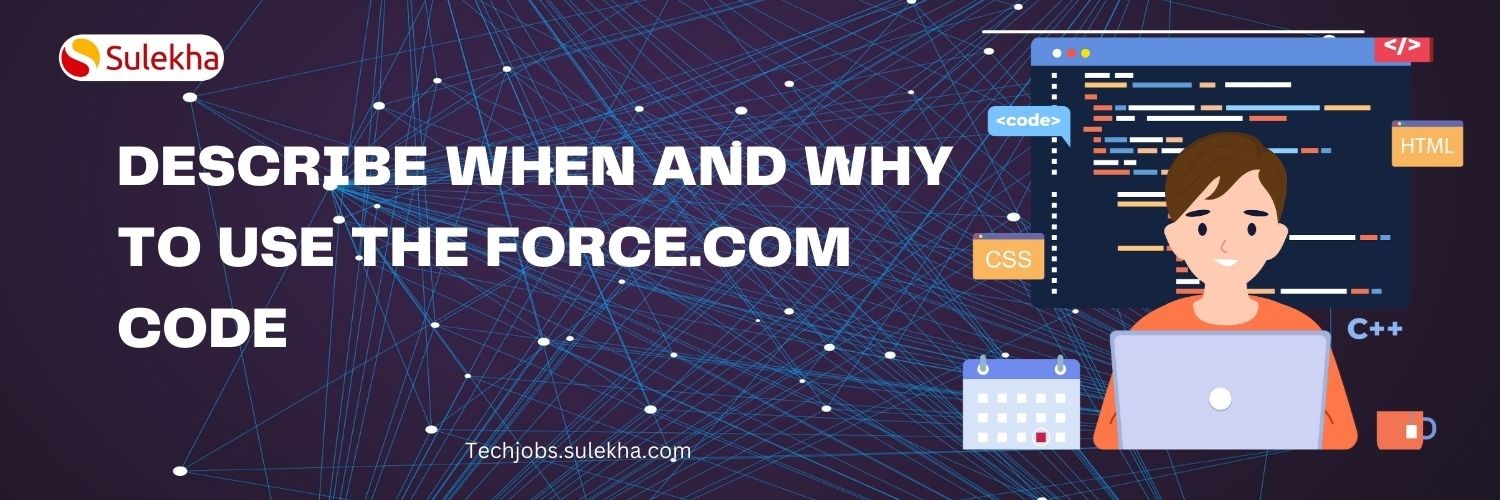
Describe when and why to use the Force.com code
Discover how to leverage the power of Apex code to automate business processes, enhance user experience, and improve data quality in your Salesforce organization.
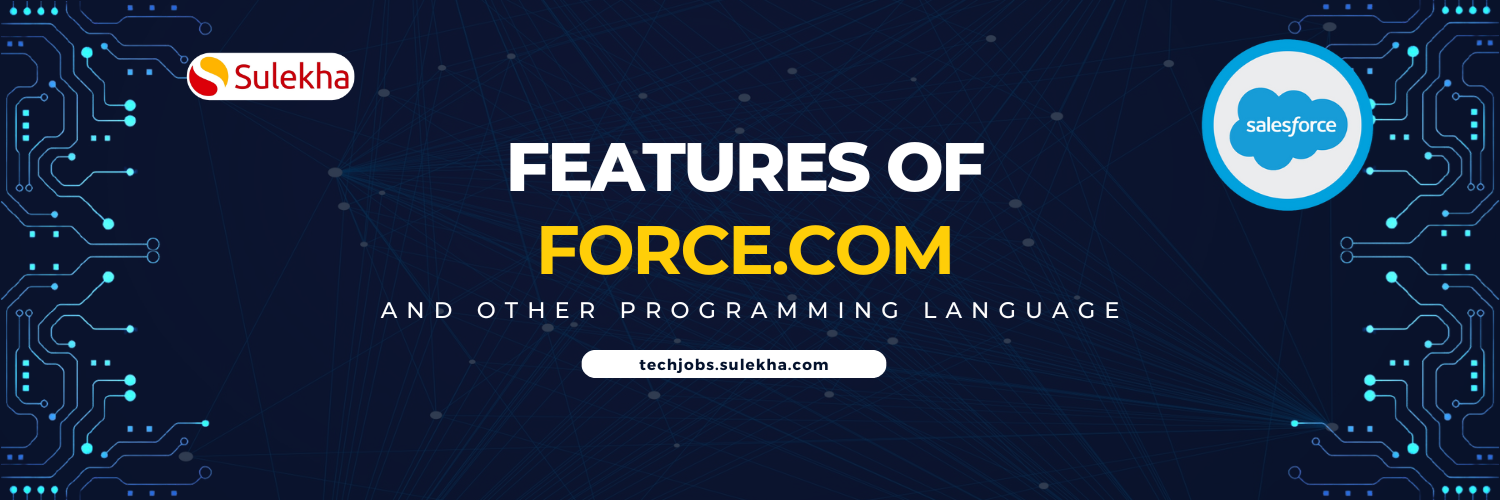
Features of Force.com code and distinguish between Force.com code and other programming languages.
Learn how to seamlessly integrate Force.com pages into your Salesforce applications to enhance user experience and discover the steps to create, customize, and deploy custom pages that meet your specific business needs.

List and Describe Syntax Features of Force.com Code
Master the syntax features of Force.com code and description for each feature.
An Introduction: Integrating with the Salesforce Force.com Platform
Unlock the full potential of your Salesforce implementation by integrating it with external systems and applications.

Describe How to Incorporate Force.com Pages into Force.com Applications
Learn how to seamlessly integrate Force.com pages into your Salesforce applications to enhance user experience and discover the steps to create, customize, and deploy custom pages that meet your specific business needs.
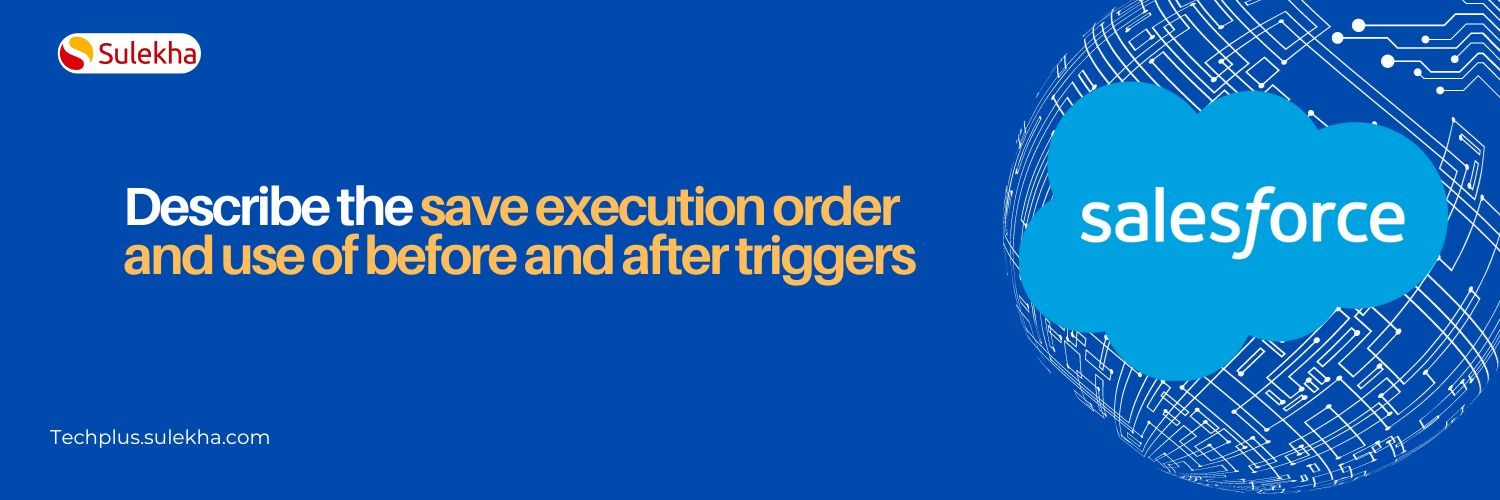
Describe the save execution order and use of before and after triggers
Learn how to write triggers that execute at the right time to meet your specific business needs
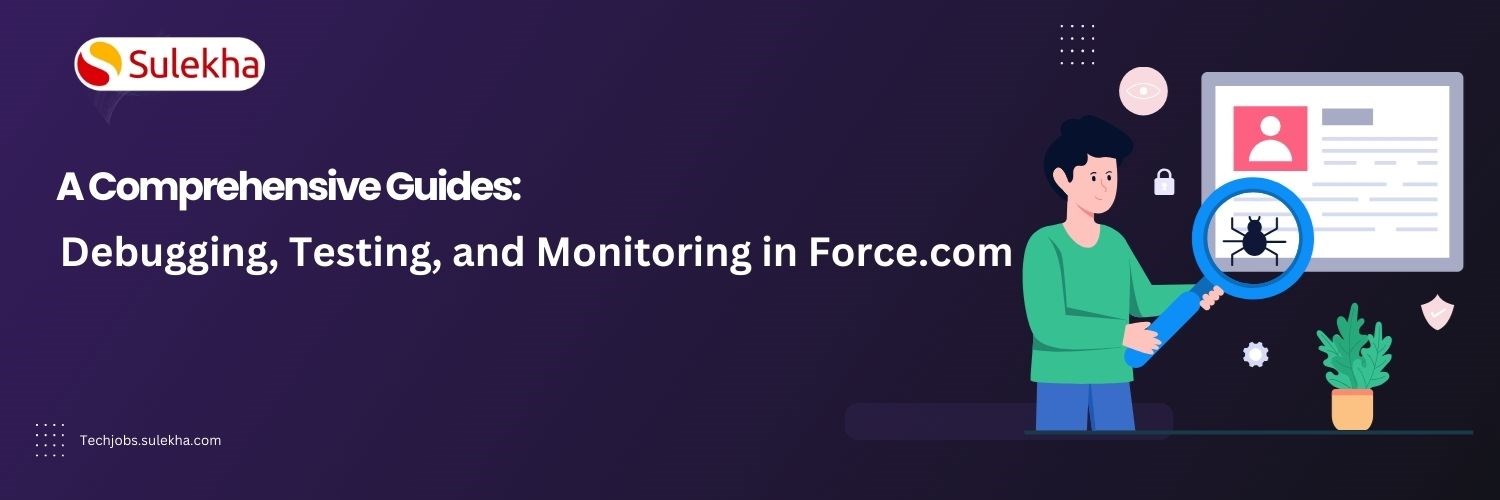
Debugging, Testing, and Monitoring in Force.com: A Comprehensive Guide
Explore the essential techniques for debugging, testing, and monitoring your Force.com applications.
A Comprehensive Guide to Managing Static Resources in Salesforce
We have discussed the types of Static Resources, how to Create & Use Static Resources and best Practices for Managing Static Resources in Salesforce
Introduction to Force.com Sites – Overview
Learn about the features, benefits, and use cases for Force.com Sites, and discover how to create a custom website that integrates with your Salesforce data and workflows.
Latest blogs on technology to explore

Understanding Artificial Intelligence: Hype, Reality, and the Road Ahead
Explore the reality of Artificial Intelligence (AI) — its impact, how it works, and its potential risks. Understand AI's benefits, challenges, and how to navigate its role in shaping industries and everyday life with expert training programs
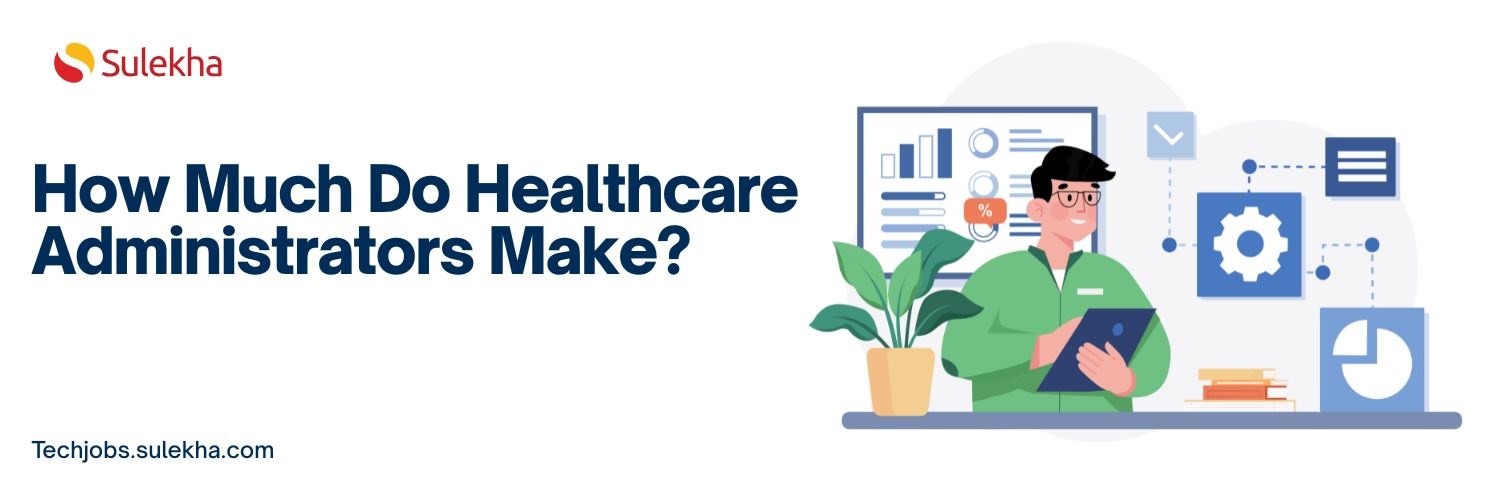
How Much Do Healthcare Administrators Make?
Discover how much healthcare administrators make, the importance of healthcare, career opportunities, and potential job roles. Learn about salary ranges, career growth, and training programs with Sulekha to kickstart your healthcare administration jo

How to Gain the High-Income Skills Employers Are Looking For?
Discover top high-income skills like software development, data analysis, AI, and project management that employers seek. Learn key skills and growth opportunities to boost your career.

What Companies Expect from Product Managers in 2025: Skills, Tools, and Trends
Explore what companies expect from Product Managers in 2025, including essential skills, tools, certifications, and salary trends. Learn how to stay ahead in a rapidly evolving, tech-driven product management landscape.

Breaking Into AI Engineering: Skills, Salaries, and Demand in the US
Discover how to break into AI engineering with insights on essential skills, salary expectations, and rising demand in the US. Learn about career paths, certifications, and how to succeed in one of tech’s fastest-growing fields.

Cybersecurity Training: Powering Digital Defense
Explore top cybersecurity training programs in the USA to meet rising demand in digital defense. Learn about certifications, salaries, and career opportunities in this high-growth field.

Why Pursue Data Science Training?
Empower your career in a data-driven world. Learn why data science training is crucial for high-demand jobs, informed decisions, and staying ahead with essential skills.

What Does a Cybersecurity Analyst Do? 2025
Discover the vital role of a Cybersecurity Analyst in 2025, protecting organizations from evolving cyber threats through monitoring, threat assessment, and incident response. Learn about career paths, key skills, certifications, and why now is the be

Artificial intelligence in healthcare: Medical and Diagnosis field
Artificial intelligence in healthcare: Medical and Diagnosis field

iOS 18.5 Is Here: 7 Reasons You Should Update Right Now
In this blog, we shall discuss Apple releases iOS 18.5 with new features and bug fixes
